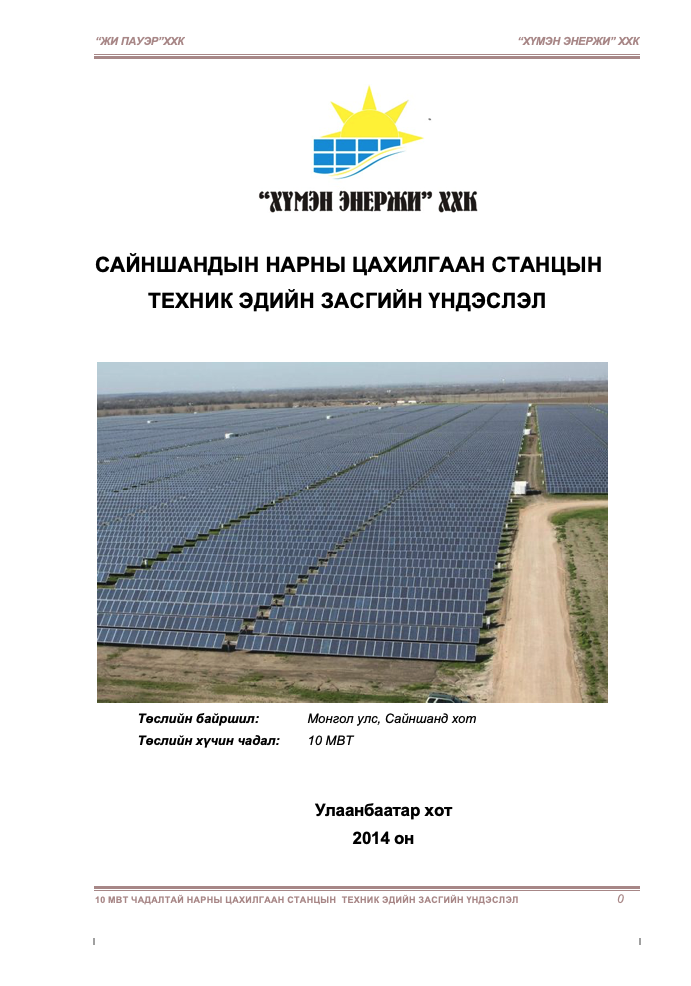
When you need portable, renewable electricity, you can count on us. Leif-Erik Simonsen is an additional co-author. From our beginnings as a small Canadian distributor of solar energy products, Go Power has grown to become one of North America’s leading suppliers of recreational and business solar solutions. Youngshang Han, UW master's student in mechanical engineering, was lead author on the paper. "This gives us the freedom to design new materials, engineer every step in the process and be creative." "One unique aspect of our research is that it covers the whole spectrum, all the way from material synthesis to device fabrication and characterization," said Malakooti, who is also a researcher in the UW's Institute for Nano-Engineered Systems. The team is excited about the future possibilities and real-life applications of wearable electronics. The researchers showed that they could print these devices on stretchable textile fabrics and curved surfaces, which suggests that future devices could be applied to clothing and other objects. The team also embedded hollow microspheres to direct the heat to the semiconductors at the core layer and reduce the weight of the device. If we act now, we can both help address the climate crisis and provide more sustainable, affordable, and reliable electricity. This is not business as usual: this is business purpose-built to lead the new era of energy. GE Vernova will act swiftly and surely to help build a cleaner, better future. Force G Power Max from Nutrisant is a food supplement based on plant extracts, vitamin C and amino acids. These alloys address limitations in previous devices, including an inability to stretch, inefficient heat transfer and a complex fabrication process. Our new name sounds different, because it is. The filler material contained liquid metal alloys, which provide high electrical and thermal conductivity. To create these flexible devices, the researchers 3D printed composites with engineered functional and structural properties at each layer. The device also shows a 6.5 times increase in power density compared to previous stretchable thermoelectric generators. The dials show each sources generation relative to its own historic minimum and maximum so for example a half-full dial indicates that a source is generating halfway between its. "We leverage additive manufacturing to fabricate stretchable electronics, increase their efficiency and enable their seamless integration into wearables while answering fundamental research questions."Įven after more than 15,000 stretching cycles at 30% strain, the researchers' prototype device remains fully functional, a highly desirable feature for wearable electronics and soft robotics. The bar chart shows how electricity demand in Britain is being met right now by different sources.

Because we want to use that energy for self-powered electronics, a higher power density is needed," said Mohammad Malakooti, a UW assistant professor of mechanical engineering. "It's a 100% gain if we harvest thermal energy that would otherwise be wasted to the surroundings. The team published these findings July 24 in Advanced Energy Materials. This device is soft and stretchable, yet sturdy and efficient-properties that can be challenging to combine.

University of Washington researchers have developed an innovative solution: the first-of-its kind flexible, wearable thermoelectric device that converts body heat to electricity.


 0 kommentar(er)
0 kommentar(er)
